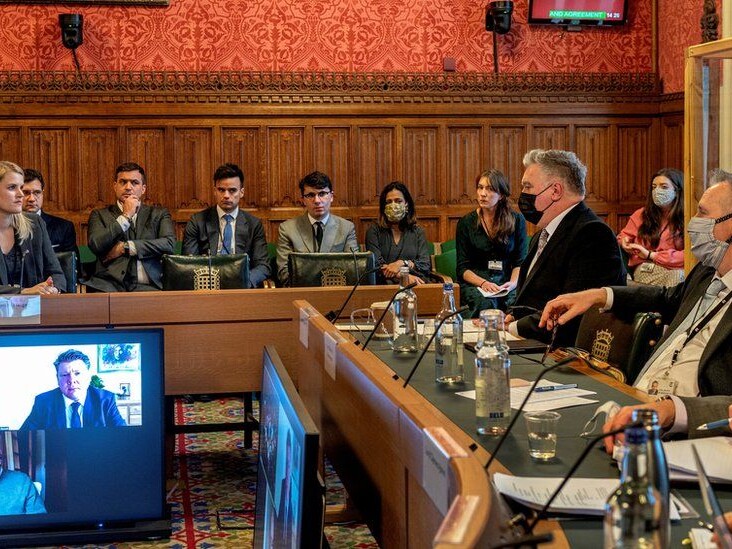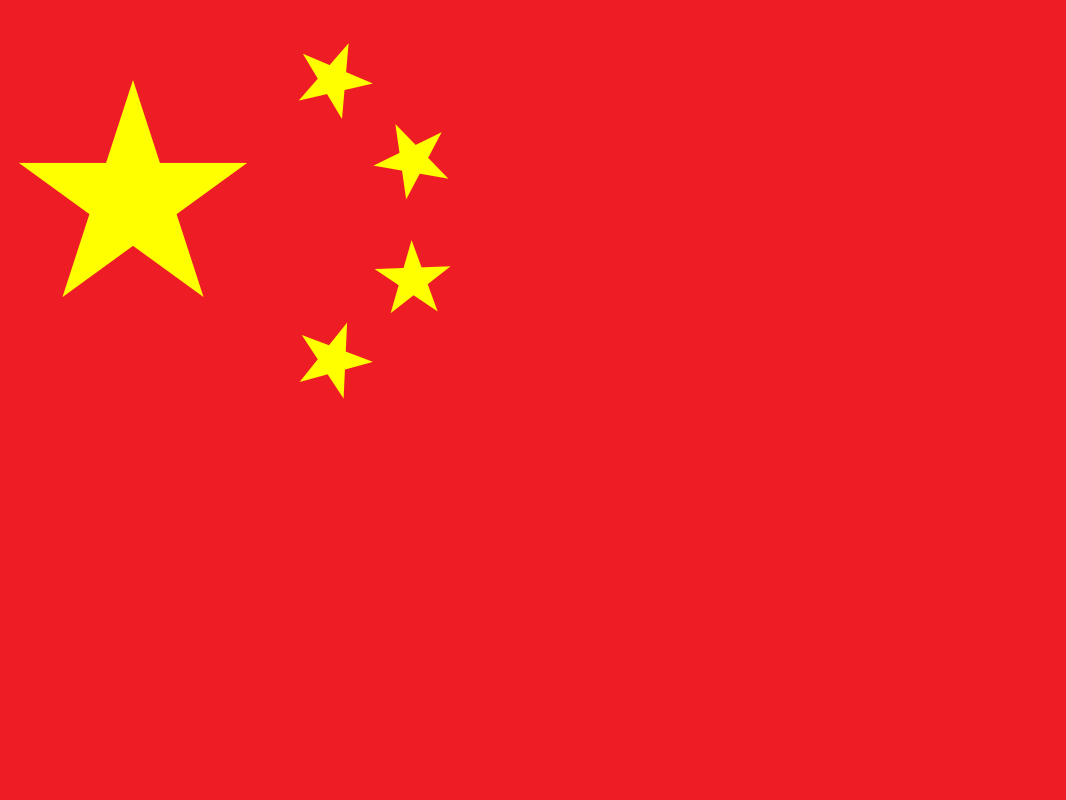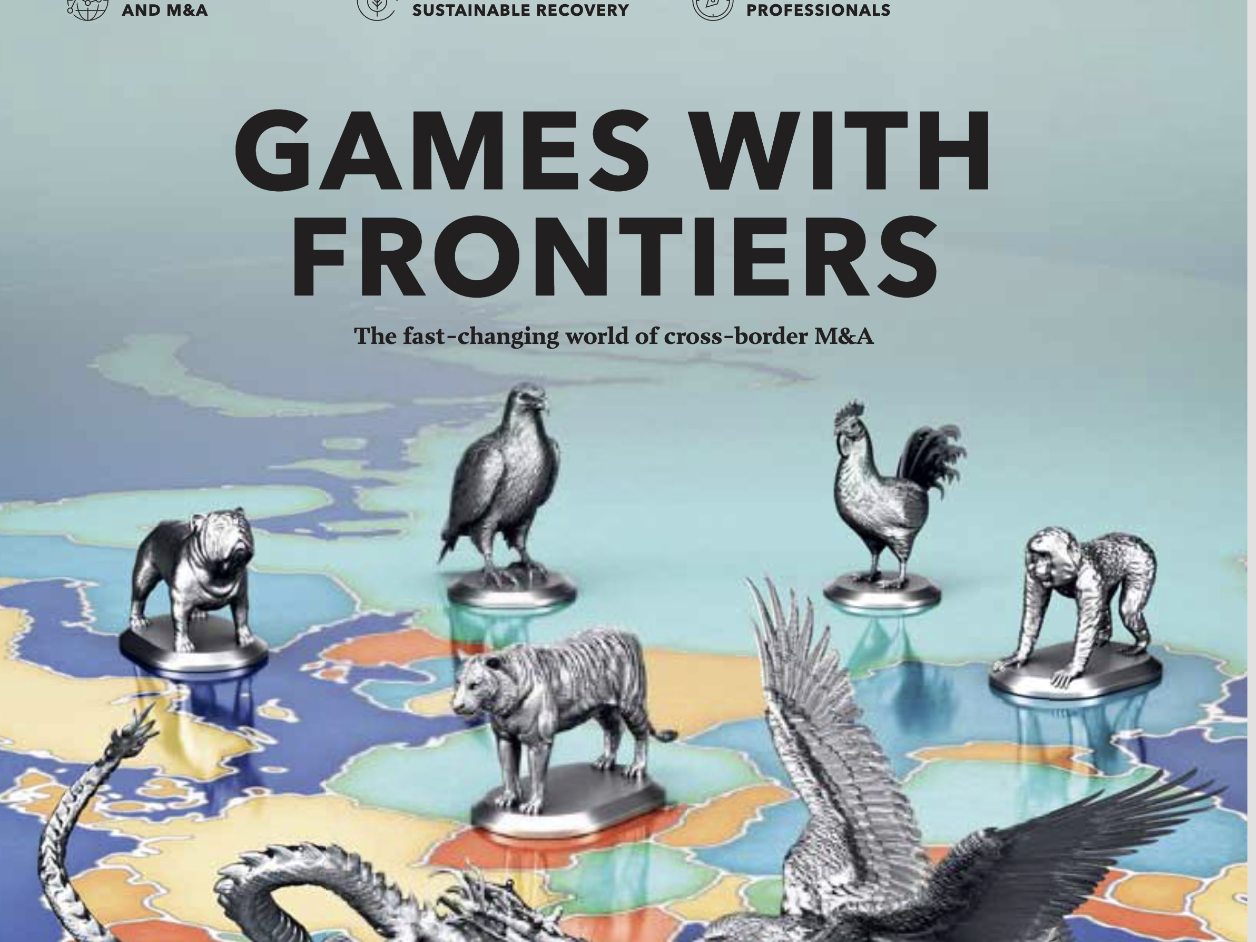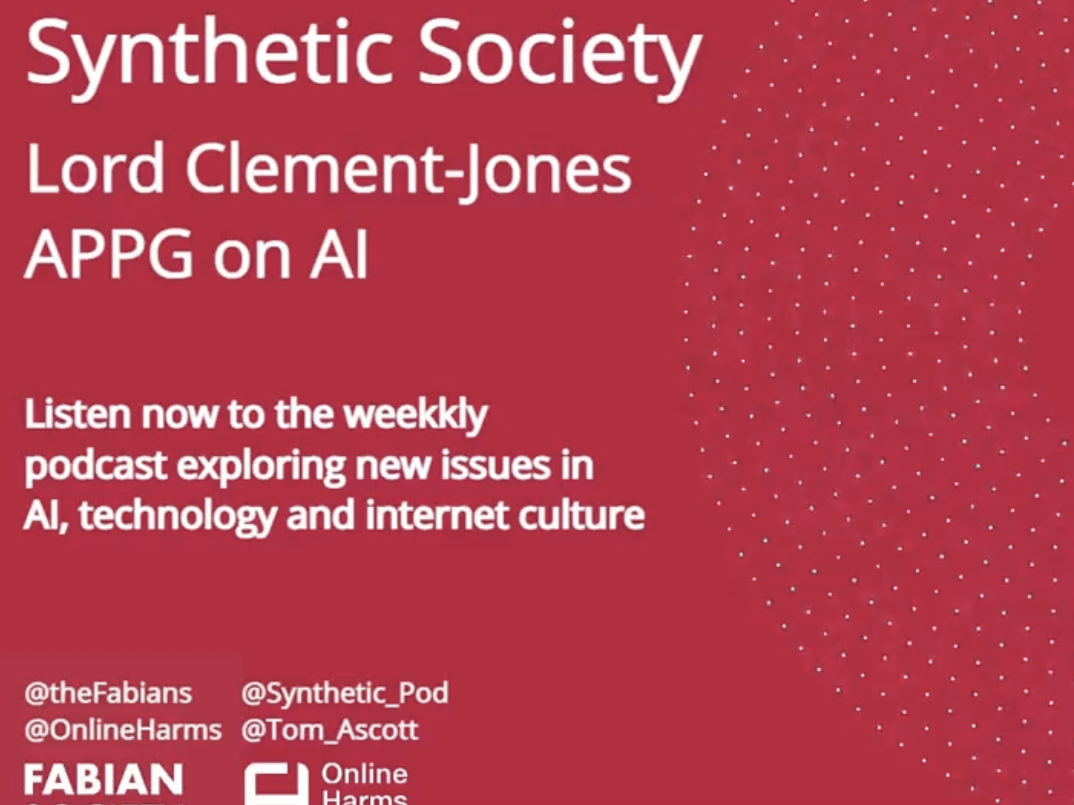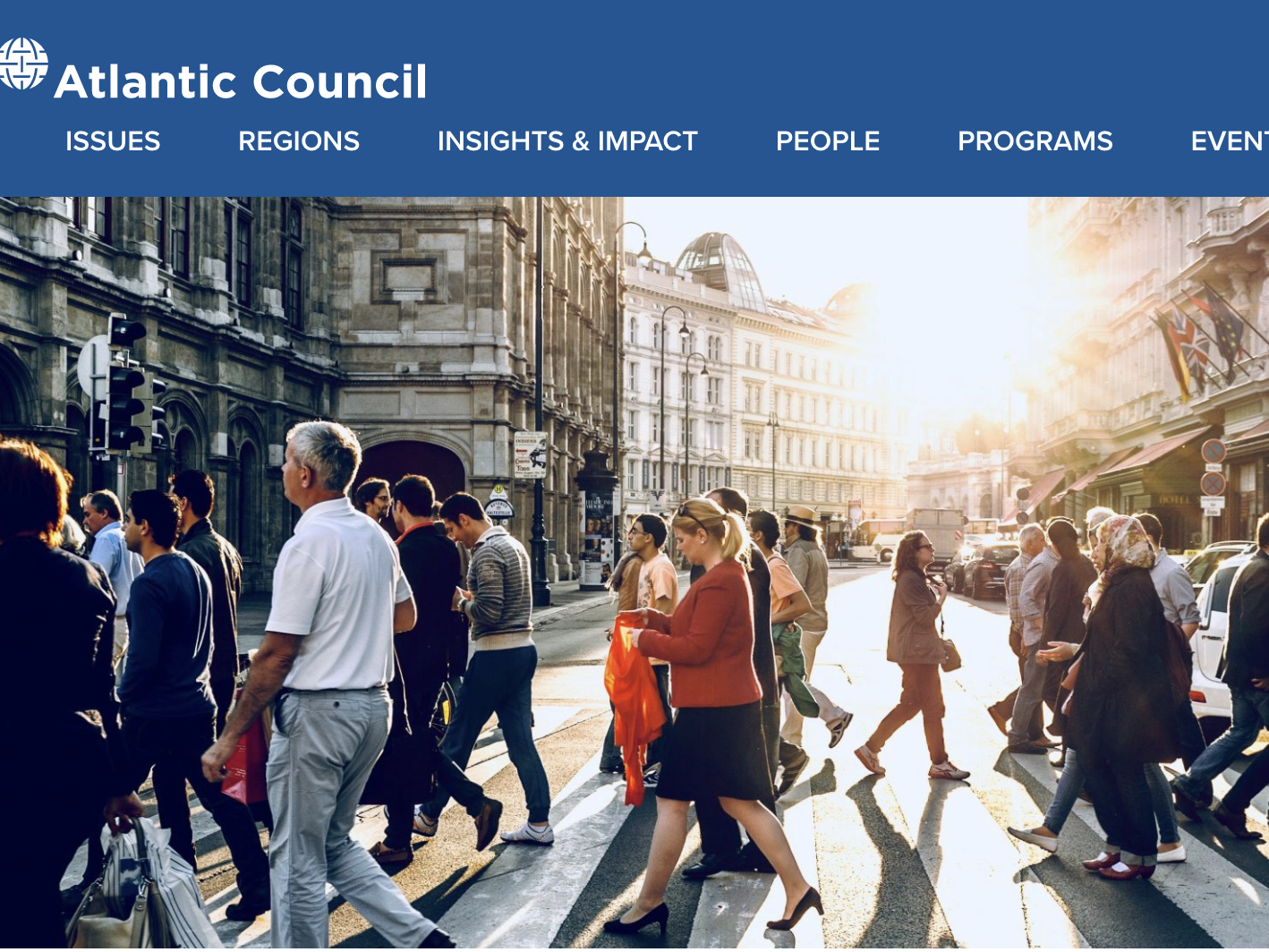Christian Gordon-Pullar and I recently responded to the Government’s Consultation Paper on Artificial Intelligence and Intellectual Property: Copyright and Patents;
This is what we said;
As Artificial Intelligence (AI) becomes embedded in people’s lives, the United Kingdom (UK) is at a pivotal inflection point. The UK’s National AI Strategy rightly recognises Artificial Intelligence (AI) as the ‘fastest growing deep technology in the world, with huge potential to rewrite the rules of entire industries, drive substantial economic growth and transform all areas of life’ and estimates that AI could deliver a 10% increase in UK GDP in 2030.
The UK is, potentially, well-positioned to be a world-leader in AI, over time, as a genuine research and innovation powerhouse, a hub for global talent and a progressive regulatory and business environment. Achieving this will involve attracting, retaining and incentivising business to create, protect and locate investment efforts in the UK. The UK has the potential to gain impetus from a position of strength in AI research, enterprise and ethical regulation, and, with its recent history of support for AI, it stands among the best in the world. To attract talent, incentivise investment in AI-powered or AI-focused innovation, influence global markets and shape global governance, the nature of the Intellectual Property regime in the UK relating to AI will be crucial.
Specifically in relation to the three headline areas of focus in the Consultation Paper:

1. Copyright: Computer Generated Works
The UK is one of only a handful of countries to protect works generated by a computer where there is no human creator. The “author” of a “computer-generated work” (CGW) is defined as “the person by whom the arrangements necessary for the creation of the work are undertaken”. Protection lasts for 50 years from the date the work is made.
In the same way the owner of the literary work and the copyright subsisting in it, if it were original, would be, alternatively:
- a) the operator of an AI system (aligning its inputs and selecting its datasets and data fields); or
- b) their employer, if employed; or
- c) a third party if the operator has a contract assigning such rights outside of employment context.
To be original, a work must be an author’s or artist’s own intellectual creation, reflecting their personality (see the decisions of the EU Court of Justice in Infopaq, C-5/08, and Painer, C-145/10).
At the other end of the scale, a human who simply provides training datato an AI system and presses “analyse” is unlikely to be considered the author of the resulting work.
In this way we believe that the existing copyright legislative framework under the CDPA adequately addresses the current needs of AI developers. New entrants and disruptors can, in our opinion, work within the existing framework which adequately caters for the existing and foreseeable future.
Indeed realistic hypothetical future scenarios may well involve an AI system having access to content from global providers and creating derivative content (whether under licence or not) and doing so at great speed with little or no investment or “sweat of the brow” and, therefore it can be argued that in fact the level of protection should be reduced to be proportionate to the time effort and investment involved.
Further, we would also urge that copyright law is clarified to ensure that it is the operator (or his /her employer) of the AI system (that is, the person that guides the AI system to apply certain data or parameters and shapes the outcome) that is the copyright owner and not the owner of the AI system.
One can see a future scenario where “AI-as-a-Service” is offered whereby a content user or hirer of the AI system is allowed to apply their own rules, parameters and data/inputs to a problem whilst ‘hiring’ or using the AI system as a service (just as SaaS exists today). The operator of the AI system (not owner of the AI system ) should in that case be the first owner of the copyright in the resulting work (subject to contractual rights that may be transferred, licensed or otherwise assigned thereafter).
Ranking Options in order:
- We would therefore urge the IPO to choose Option 2 – a lesser term of copyright protection should apply e.g. 5-15 Years for AI generated Copyright works e.g. music, art etc. which, as described above, require little investment or “sweat of the brow”
- Failing 1, we would urge the IPO to choose option 0 – Make no legal change.
- Option 1, removing the protection is not a viable or desirable option in our opinion.
2. Copyright: Text and Data Mining
The Government rightly believe that that there is a need to promote and further enable AI development. This must however be balanced with a commensurate and proportionate recognition of the critical importance and value of data as raw material.
AI developers rely on high-quality data to develop reliable and innovative AI-driven inventions and applications. Licensing regimes under existing IP law are designed to cater for the needs of AI developers.
By the same token content and data-driven businesses themselves have seen a rapid increase in the use of AI technology and machine-learning, either for news summaries, data gathering efforts, translations for research and journalistic purposes or to assist organisations to save time by processing large amounts of text and other data at scale and speed. Digital technologies, including AI, are and will continue to be of critical importance to these industries, helping create content, new products and value-added services to deliver to a broad range of corporate and retail clients. Whether in news media or cross-industry research, publishers are themselves investing in AI; continued collaboration with start-ups and academia are creating tailored materials for wide populations of beneficiaries (students, academia, research organisations, and even marketers of consumer publishing products).
It is of paramount importance to balance the needs of future AI development with the legal, commercial and economic rights of data-owners and the need to incentivize new AI adoption with recognition of the rights of existing content owners.
We have however seen no evidence the existing copyright legislative framework fails to adequately address the current needs of AI developers. Moreover it is particularly important, in our view, to ensure that the development of AI is not enabled at the expense of the underlying investment by copyright and data-owners. (see endnote 1).
If the content owners of underlying data materials withhold the licensing of, or access to, such materials or attempt to price them at a level that is unfair, the answer is for Government via the Competition and Markets Authority/the new Digital Markets Unit (or indeed other regulators who form part of the Digital Regulation Cooperation Forum) to put in place competition measures to ensure there is a clear legal recourse in such situations.
In summary we do not believe that current copyright law creates a disparity between the interests of AI developers and investors and content owners. The existing copyright regime under the CDPA reflects a balance that fairly protects those investing in data creation without giving an unfair advantage to technology companies offering AI-enabled content creation services. In particular the current framework provides a balanced regime for data and text mining and we believe no changes are required at present. However, we recommend a watching brief, and that the IPO consider and take account of changes to copyright laws in other countries that may make it more attractive for AI operators to base their operations in those extraterritorial locations so that text and data mining activities, machine learning, etc. become more easily performed elsewhere or permitted with incentives not offered in UK.
Ranking Options in order:
- We would therefore urge the IPO to elect Option 0 – Make no legal change. No other option is currently justifiable given the lack of evidence of an adverse commercial environment preventing access to data or text by AI-enabled content creators. Should the Government or IPO consider that there needs to be increased access to data at lower cost, it should look at other policy levers to stimulate such uptake, such as providing tax incentives for content owners to license content, rather than reducing copyright protection.
- We also concur with industry leads who consider that forcing rightsholders to opt in to protection, as suggested in option 3 would be complicated and costly for many businesses and industries who own literally millions of works, when licensing is far simpler, and would be against the spirit of international treaties on copyright.
3. Patents:
If UK patents were to protect AI-devised inventions, how should the inventor be identified, and who should be the patent owner? What effects does this have on incentivising and rewarding AI-devised inventions?
As we described above the author and first owner of any AI-assisted or created work will be the person who creates the work or their employer if that person is an employee or or a third party if the operator has a contract assigning such rights outside of employment context
As the emphasis in copyright law suggests, creating a ‘work’ is in essence a human activity. This is given additional support by the reference to the automatic transfer of copyright from employee to employer; an AI system cannot be said to be an employee.
Similar principles in our view apply to patents as with copyright. For patentability the applicant inventor must be a ‘person’.
Authoritative guidance on how AI-created inventions fit into this scheme, where no human inventor is mentioned is given in the decision in Thaler v Comptroller General of Patents Trade Marks and Designs (aka ‘Thaler’ or ‘DABUS case’) and in particular in our view in the statements by Lord Justice Birss (L.J. Birss) in his dissenting opinion (See paragraphs numbered 8, 58 78 et seq. of the DABUS case, and the Conclusion).
In summary, L.J. Birss. set out his views on the lower courts’ erroneous interpretations of the law and in conclusion stated:
- The inventor of an invention under the 1977 Act is the person who actually devised the invention.
- Dr Thaler has complied with his obligations under s13(2) of the 1977 Act because he has given a statement identifying the person(s) he believes the inventor to be (s13(2)(a)) and indicating the derivation of his right to be granted the patent (s13(2)(b)).
- It is no part of the Comptroller’s functions under the 1977 Act to deem the applications as withdrawn simply because the applicant’s statement under s13(2)(a) does not identify any person who is the inventor. Since the statement honestly reflects the applicant’s belief, it satisfies s13(2)(a).
- It is no part of the Comptroller’s functions under the 1977 Act to in any way be satisfied that the applicant’s claim to the right to be granted the patent is good. In granting a patent to an applicant the Comptroller is not ratifying the applicant’s claim to derivation. Dr Thaler’s asserted claim, if correct, would mean he was entitled to the grant. Therefore the statement satisfies s13(2)(b).
- The fact that the creator of the inventions in this case was a machine is no impediment to patents being granted to this applicant.
All three judges in Thaler agreed that under the Patents Act (PA) 1977 an inventor must be a person, and as a machine is not a person it, therefore, cannot be an “inventor” for the purposes of section 7(2) of the Act. L.J. Birss however dissented on the crucial point whether it was an impediment to the grant of an application that the creator of an invention was a machine, as such. He stated that it was simply that a machine inventor cannot be treated as an inventor for the purpose of granting the application.
In Australia the Court has taken a slightly different view but there, the law is different. As L.J. Birss in Thaler remarked in his judgment:
‘After the hearing the appellant sent the court a copy of the judgment of BeachJ of 30th July 2021 in the Federal Court of Australia Thaler v Commissoner of Patents [2021] FCA 879. The judgment deals with another parallel case about applications for the same inventions. Beach J decided the case in Dr Thaler’s favour. However yet again the relevant legislation is quite distinct from that in the UK. The applications reached the Australian Patent Office via the Patent Cooperation Treaty (PCT), which meant that a local rule (reg 3.2C(2)(aa)) applied which requires the applicant to provide the name of the inventor. That rule is in different terms from s13(2) and the present case is not a PCT application ( i.e. in Australia the name of the inventor must be provided unlike under UK legislation). If it were then the operation of s13(2) would be affected by a deeming provision (s89B(1)(c)) which we do not have to consider”.
We believe that in principle LJ Birss is correct and that the patentability of such inventions where created by AI, or with the assistance of AI, provided the basic criteria under the relevant legislation are met, has been established. There is therefore absolutely no need for the patent system to identify AI as the inventor or to create entirely new rights
If the IPO takes the view or on appeal it is established that the law has not been correctly expressed by LJ Birss, it should be clarified to accord with his judgment. Failing that , for instance if AI systems themselves are treated as inventors, in our view, the system of innovation and inventorship in the UK will be eroded, the benefits and incentives for human inventors will be reduced, and ultimately firms could invest more in AI systems than in human innovation.
Without changes in taxes on AI-inventorship and commensurate incentives to balance the negative impact, such a change would be detrimental to the ethos of the patent system and its focus on “a person” being the inventor mentioned in a patent application.
Whilst it is unclear exactly what the future regulation of AI and associated IP rights will look like in the UK at this stage, it is clear however that an internationally harmonised approach to the protection and recognition accorded to AI generated inventions would be desirable.
it is also our view right in principle, to cite L.J. Birss, that ‘there is no rule of law that a new intangible produced by existing tangible property is the property of the owner of the tangible property’, as Dr Thaler contended, and certainly no rule that the property contemplated by section 7(2)(b) in an invention created by a machine is owned by the owner of the machine. Accordingly, the hearing officer and the judge were correct to hold that Dr Thaler is not entitled to apply for patents in respect of the inventions given the premise that DABUS made the inventions’.
In our view, as with AI creations for copyright purposes, the key is the operation and control of the machine/AI producing the invention not ownership of the AI itself.
Ranking Options in order:
- We would therefore urge the IPO to elect Option 1 whereby it is clarified that “Inventor” includes a human responsible for the inventive activity of the AI system that lead to the invention or which devises inventions (e.g. where that humanoperator selects or guides the AI with relevant data, parameters, data-sets or programming logic for the AI’s function or purpose, which leads it to create an invention). This would also cater for the analogous scenario (to that mentioned above under 1, where AI becomes prevalent in the first instance as “AI-as-a-service”, whereupon there should be a presumption of ownership by the AI Operator (not the AI-system owner) and where transfers of ownership and rights can be addressed contractually at the point of use where AI is used ‘…as-a-service’.
- As a second-best option, as requested-particularly if the opinion of LJ Birss is subsequently confirmed by the Supreme Court – we would advocate Option 0 – no change.
Endnotes
- Reference: In Authors Guild v. Google 721 F.3d 132 (2d Cir. 2015), a copyright case heard in the United States District Court for the Southern District of New York, and on appeal to the United States Court of Appeals for the Second Circuit between 2005 and 2015. The case concerned fair use in copyright law and the transformation of printed copyrighted books into an online searchable database through scanning and digitization. The case centered on the legality of the Google Book Search (originally named as Google Print) Library Partner project that had been launched in 2003. Though there was general agreement that Google’s attempt to digitise books through scanning and computer-aided recognition for searching online was seen as a transformative step for libraries, many authors and publishers had expressed concern that Google had not sought their permission to make scans of the books still under copyright and offered them to users.
- Two separate lawsuits, including one from three authors represented by the Authors Guild and another by Association of American Publishers, were filed in 2005 charging Google with copyright infringement. Google worked with the litigants in both suits to develop a settlement agreement (the Google Book Search Settlement Agreement) that would have allowed it to continue the program though paying out for works it had previously scanned, creating a revenue program for future books that were part of the search engine, and allowing authors and publishers to opt-out. The settlement received much criticism as it also applied to all books worldwide, included works that may have been out of print but still under copyright, and may have violated antitrust aspects given Google’s dominant position within the Internet industry. A reworked proposal to address some of these concerns was met with similar criticism, and ultimately the settlement was rejected by 2011, allowing the two lawsuits to be joined for a combined trial. In late 2013, after the class action status was challenged, the District Court granted summary judgement in favour of Google, dismissing the lawsuit and affirming the Google Books project met all legal requirements for fair use. The Second Circuit Court of Appeal upheld the District Court’s summary judgement in October 2015, ruling Google’s “project provides a public service without violating intellectual property law.”[1] The U.S. Supreme Court subsequently denied a petition to hear the case.[2]
A big thank you to Christian for all his hard work on this response.
6th April 2021
Regulating the Internet
22nd December 2015

